Buy or gift a stand-alone digital subscription and get unlimited access to dozens of back issues for just £18.99 / $18.99 a year.
Please register at www.exacteditions.com/digital/cornucopia with your subscriber account number or contact subscriptions@cornucopia.net
Buy a digital subscription Go to the Digital EditionIt is relatively old, decidedly large and incontrovertibly pink. Sultans stayed in it, Liszt played in it, and when it finds its new owner, it will become the last of the grand Istanbul waterfront houses to be parted for ever from the family it was built for. By Andrew Finkel. Photographs by David George
The wooden mansion, or yalı, on the Bosphorus goes by several names: Fethi Ahmet Paşa Yalısı (after the general and statesman who created the estate in the early 19th century), Şevket Mocan Yalısı (after the autocrat and eccentric politician whose two daughters now live in separate wings of the house), or simply the Pink Yalı, because the exterior is, after all, very, very pink.
For all the boldness of its façade, the house remains a private place. From the land it is virtually invisible. The coastal road on the Asian side of the Bosphorus skirts the crest of the hill, past a high boundary wall, so that the traffic passes unseen, level with the clay tile roof. Inside the garden, beside a pond adorned with classical statuary and level with the sea, only a few feet away, it is possible to wish away the city. Not very far, perhaps. Nearby Üsküdar is a transport hub where commuters race for ferries to the other side. But from the house, Istanbul is a skline. The Topkapı Palace appears hazily on the horizon. In crisper focus across the Bosphorus is the 19th-century palace of Dolmabahçe; Fethi Pasha was a principal in its construction and he and his descendants were to play a role in its European-style court…
This article is the sole published pictorial record of the interior of the Mocan Yalı before its demise – it was subsequently pulled down and rebuilt in concrete by the Toprak family, who bought it from the Mocan sisters.
He was the most prolific architect of all time and his legacy endures in the great mosques created for Süleyman the Magnificent. Yet, as Brian Sewell discovers, this contemporary of Michelangelo is barely known to the West. Brian Sewell admires his legacy. Photographs by Ara Güler.
The Golden Fleece, Trebizond, Sumela… Jeremy Jame’s itinerary in Turkey’s dramatic Black Sea Mountains promised a string of ancient wonders
From chestnuts to walnuts, from pistachios to pine kernels, they are a mainstay of Turkey’s celebrated cuisine. Berrin Torolsan unearths some splendid traditional nut recipes.
More cookery features
The French novelist Pierre Loti caused a stir in the 1900s when he championed the cause of Turkish women. But just who were the three veiled women who gave him his information? Ömer Koç reports on an infamous literary deception
Unlike the much older Venice Biennale, at the Istanbul Biennial there was a feeling of youthful experimentation.
A storm one cold winter’s day in Rome brought Jean-Etienne Liotard to Istanbul. In a café where he took refuge from the rain, he met an Englishman, William Ponsonby, the future Earl of Bessborough, who invited the painter to join his party on a tour of the East. Liotard accepted, and they set sail from Naples on April 3, 1738.
The relentless bombing of Mostar (1992) is destroying the fruits of five centuries of peaceful coexistance in Bosnia. Marian Wenzel recalls how the old Ottoman city looked when she lived there in the Sixties
Exquisite bulbs, once uprooted in their millions, may be saved by a scheme to satisfy both gardeners and conservationists. Botanist Andrew Byfield reports
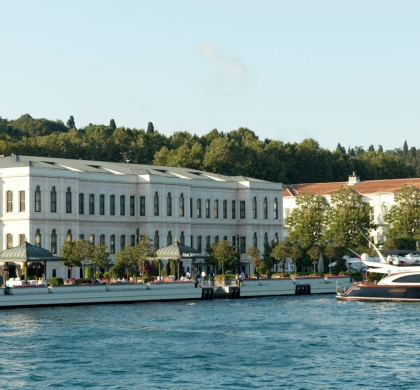
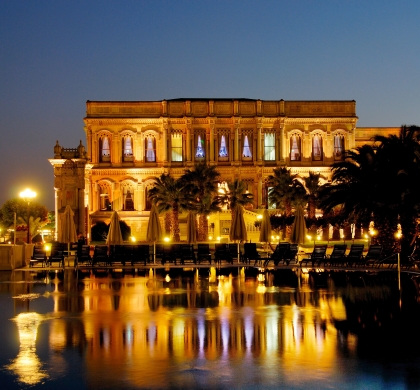

The London Academy of Ottoman Court Music, with Emre Aracı. Produced by Ates Orga,

Prague Symphony Orchestra, directed by Emre Aracı, produced by Ateş Orga
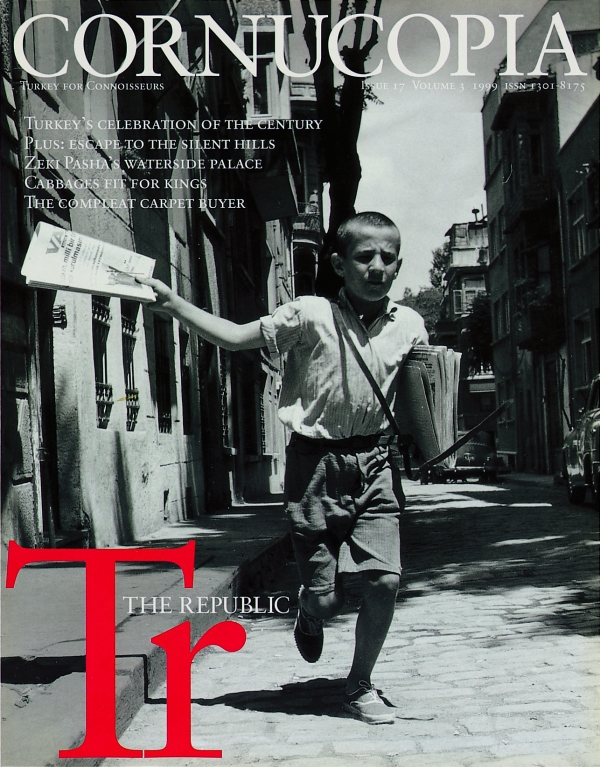
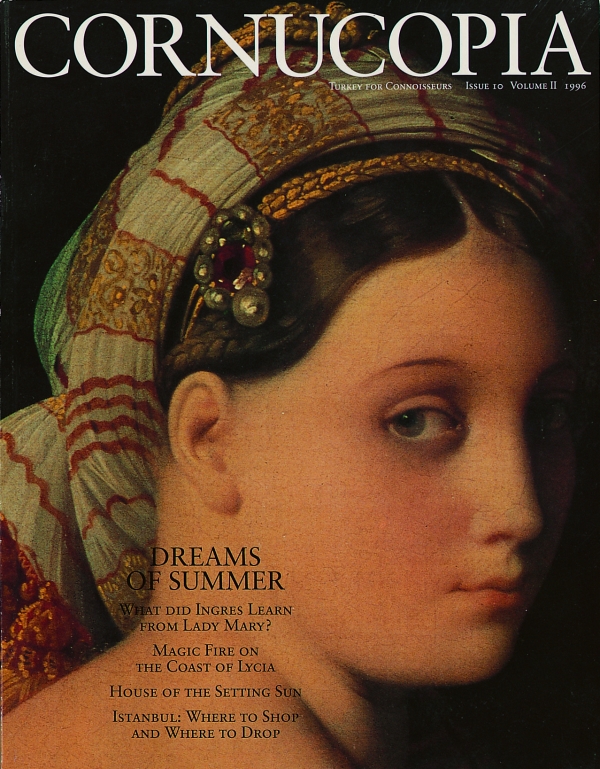
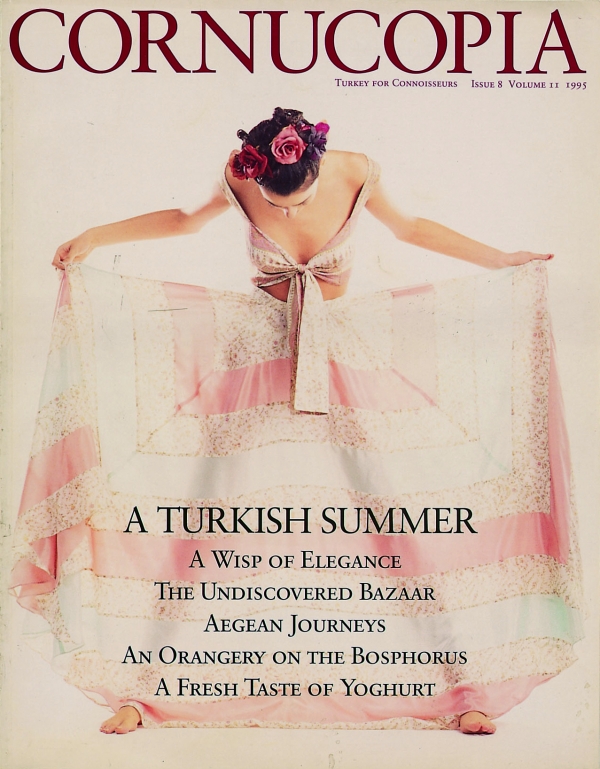
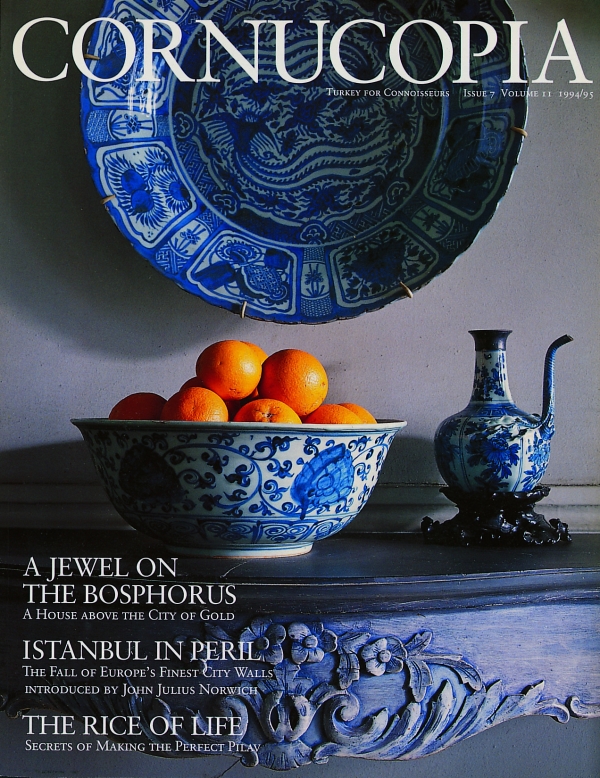

Cornucopia works in partnership with the digital publishing platform Exact Editions to offer individual and institutional subscribers unlimited access to a searchable archive of fascinating back issues and every newly published issue. The digital edition of Cornucopia is available cross-platform on web, iOS and Android and offers a comprehensive search function, allowing the title’s cultural content to be delved into at the touch of a button.
Digital Subscription: £18.99 / $18.99 (1 year)
Subscribe now